This post was originally published on this site
On May 14, Americans for the Arts’ President and CEO Nolen Bivens submitted written testimony supporting increased federal funding for the National Endowment for the Arts (NEA) and the National Endowment for the Humanities (NEH).
He made the case for funding each agency at no less than $211 million for Fiscal Year 2025, which represents just 0.006 % of last year’s federal budget. He also encouraged the Subcommittee to build a specific path to index funding for each of these two cultural agencies at $1 per capita. Each agency is currently funded at about 62 cents per capita.
In his testimony, Bivens asserted that the arts are a national asset, and that these agencies are vital for a thriving arts and culture sector which positively affects the American economy as a whole. Arts and culture drive our creative economy which is a primer to our country’s economic activity. Last March, the U.S. Bureau of Economic Analysis reported that arts and cultural economic activity accounted for 4.3 percent of gross domestic product (GDP), or $1.10 trillion, with over 5.2 million jobs. Additionally, America’s arts and culture exports increased the trade surplus from $15.5 billion to $21 billion. This data represents a new high-water mark that represents a larger percentage of GDP than the transportation, construction, and agriculture sectors. In 2022, the nonprofit arts sector generated $151.7 billion in direct spending by organizations and attendees and $29.1 billion in tax revenue.
The power of NEA and NEH funding was made clear with these statistics:
-
- Every NEA grant dollar leverages at least $9 in private and other public funds, generating more than $500 million in matching support.
- This leveraging power far surpasses the required non-federal match of at least 1:1 and illustrates why federal support for the arts is uniquely valuable.
- 42% of NEA-supported activities take place in high-poverty neighborhoods.
- 35% of NEA grants went to organizations that reach underserved populations, such as people with disabilities and individuals in institutions. The NEA also funds school- and community-based programs that have helped children and youth navigate a mental health crisis exacerbated by the pandemic.
Bivens also noted that both agencies offer healing programs for those who serve in our Armed Services, as well as for veterans reintegrating into civilian life. Across nine programs assessed from 2018-2020 by the National Humanities Alliance, 96% percent of respondents indicated that humanities materials helped them better understand their experiences. Seventy-nine percent of veteran respondents indicated that their program made them more likely to seek help if they needed it.
The NEA’s Creative Forces program supports military families, a collaboration with the Departments of Defense and Veterans Affairs, to serve the unique and special needs of military patients and Veterans diagnosed with traumatic brain injury (TBI) and psychological health conditions such as post-traumatic stress disorder (PTSD). In clinical settings, creative arts therapists provide art, music, dance/movement therapies, and therapeutic writing instruction for military patients and veterans. The NEA also provides community engagement services by partnering with nonprofit organizations to provide arts-based programming for military communities.
Bivens also referenced U.S. Surgeon General Vice Admiral Vivek Murthy’s recent remarks about how arts and culture are critical ways in which we connect and essential tools for rebuilding the social infrastructure to address the nation’s epidemic of isolation and loneliness and the mental health crisis that young people are facing. With the NEA’s leadership, more work is necessary through interagency partnerships to help solve this epidemic.
Read the U.S. House Appropriations Interior Subcommittee and the U.S. Senate Appropriations Interior Subcommitte testimonies.

